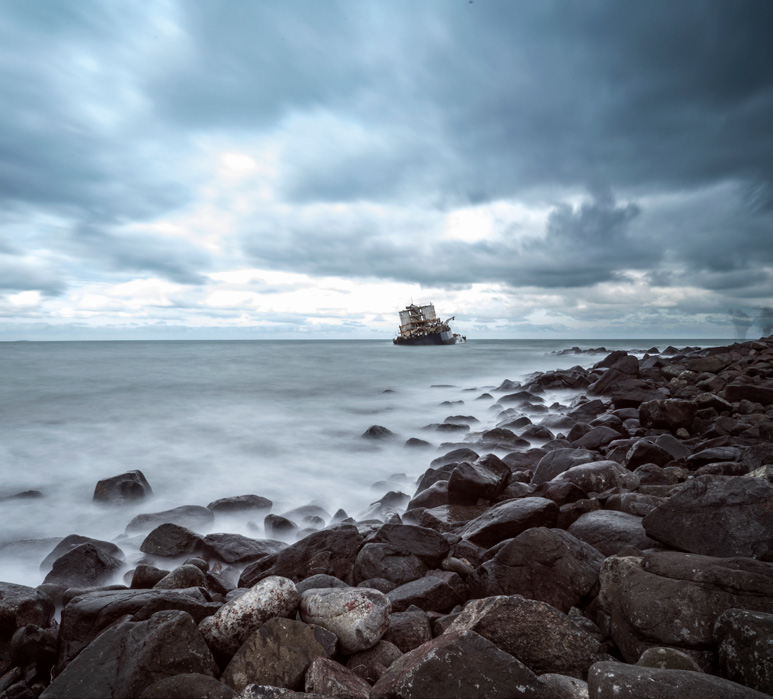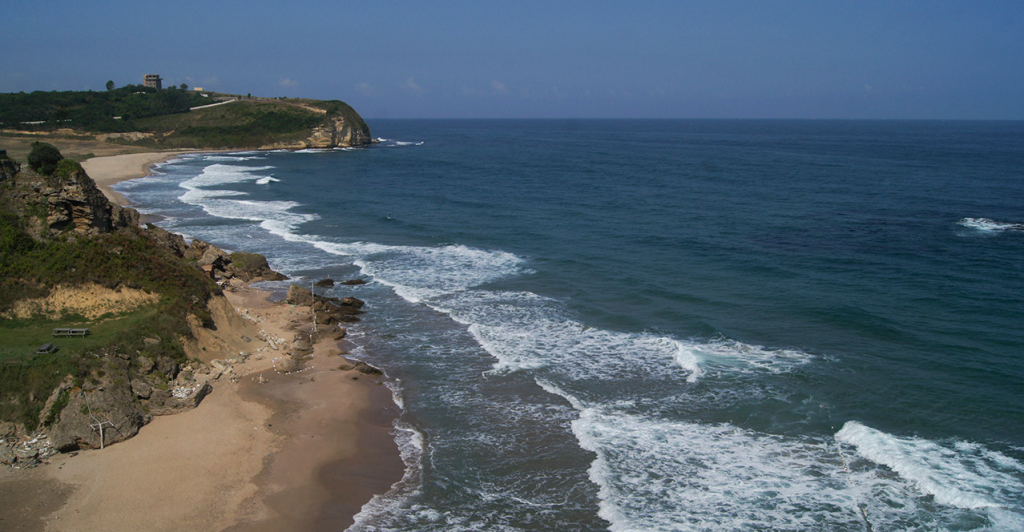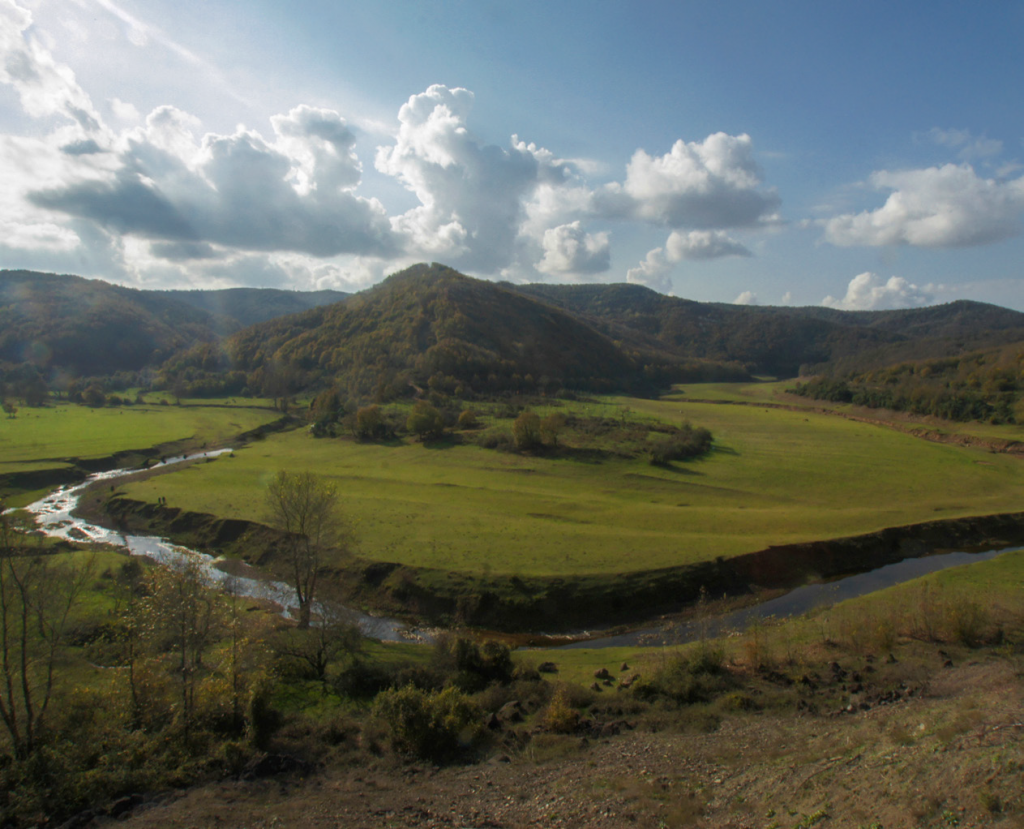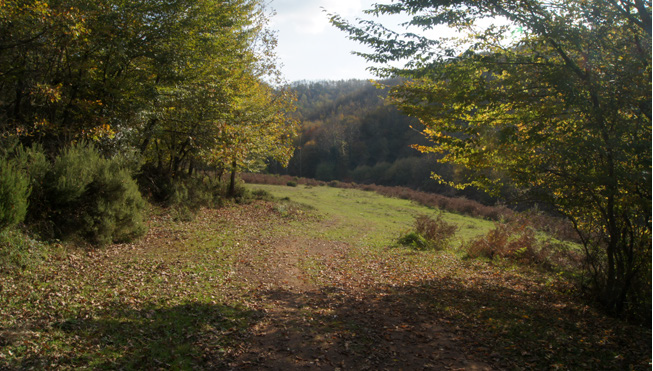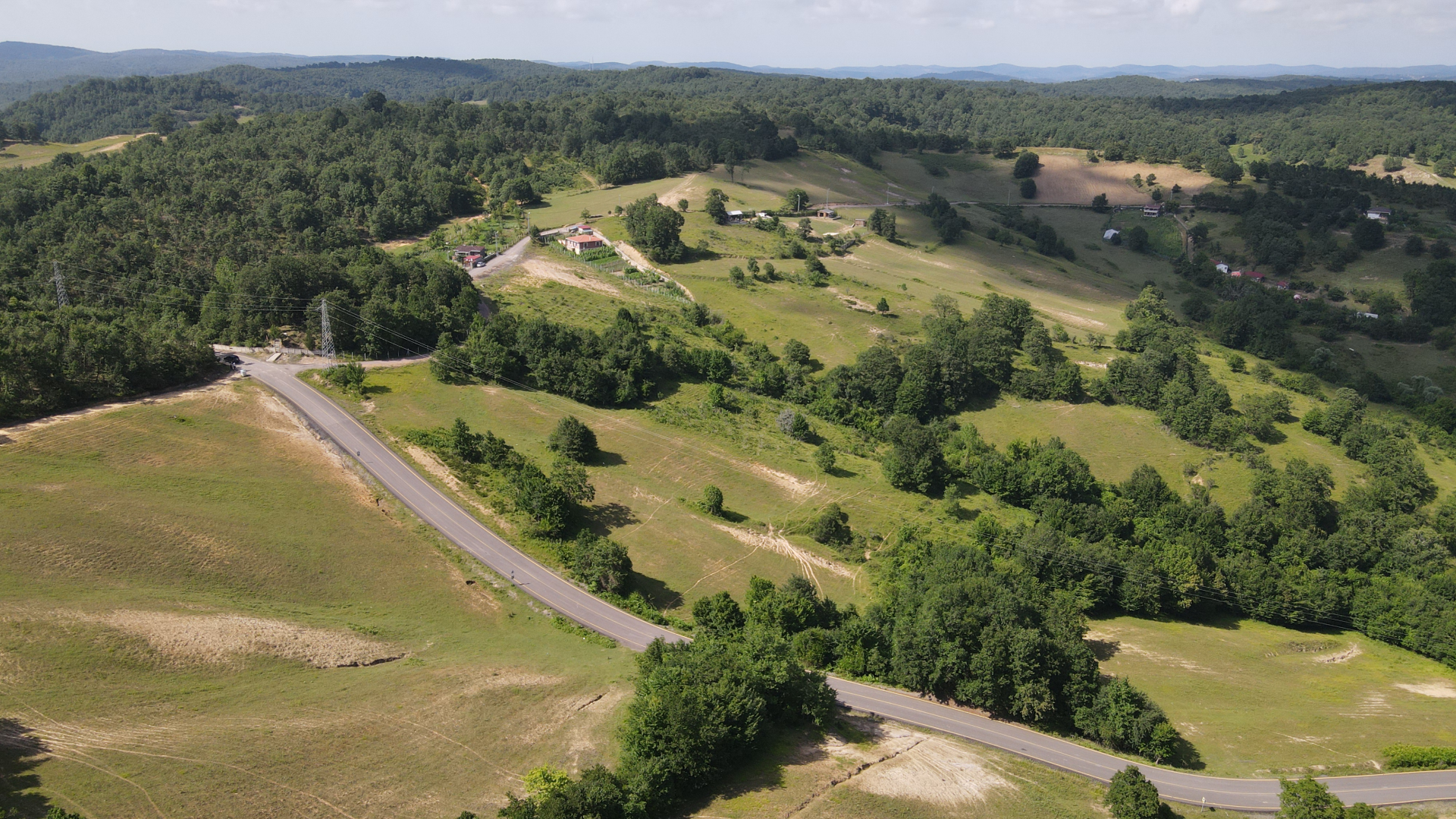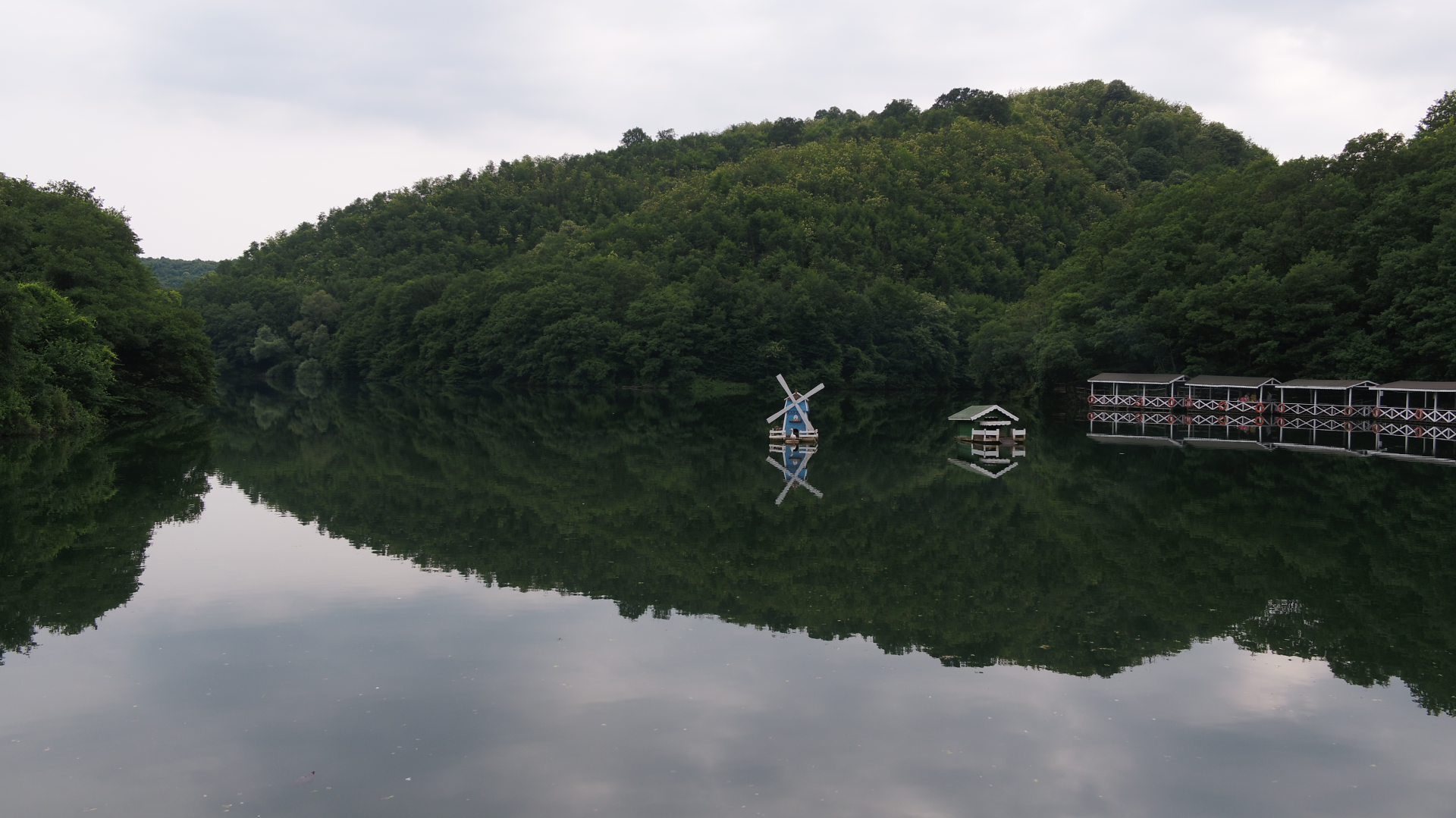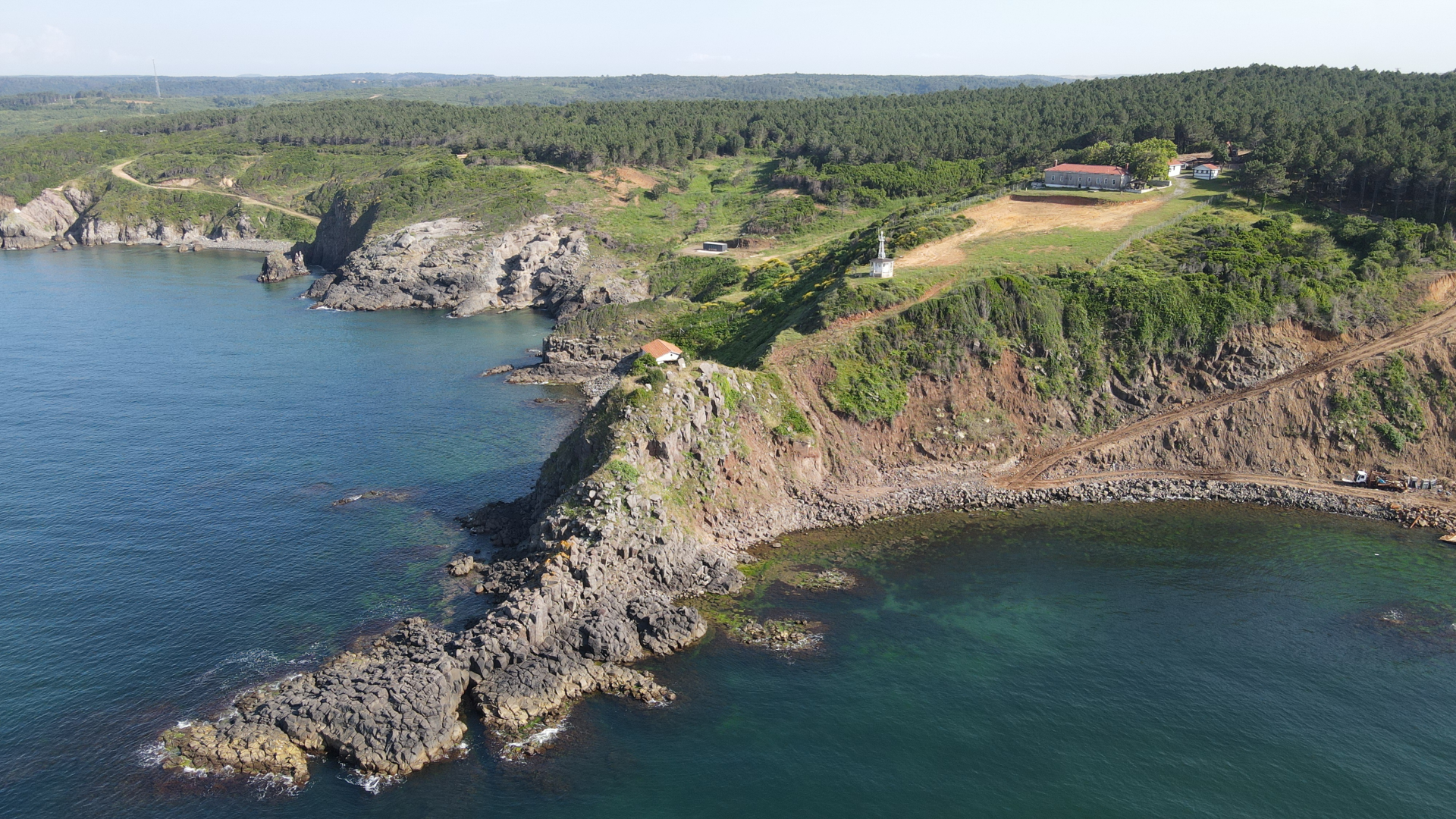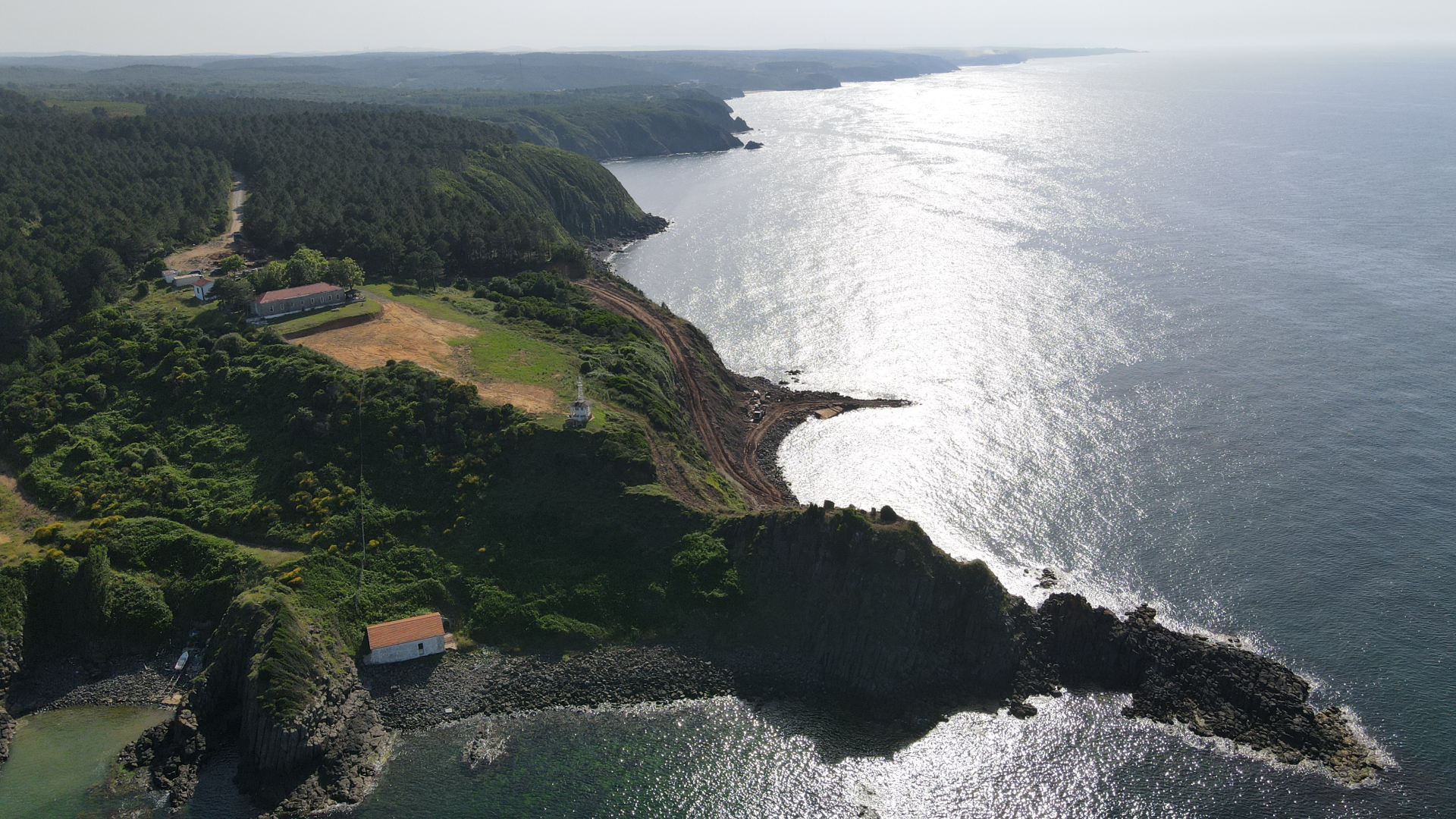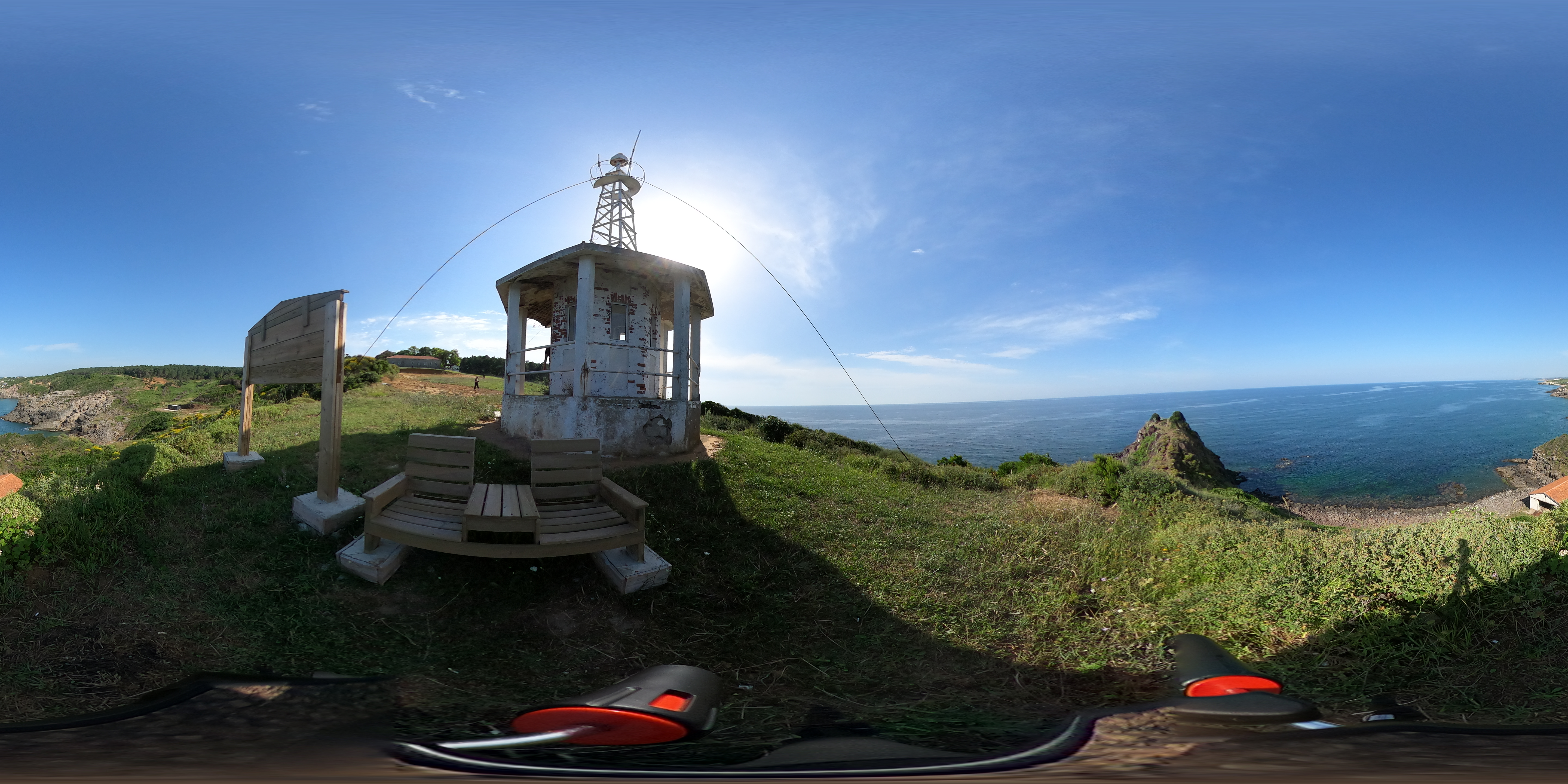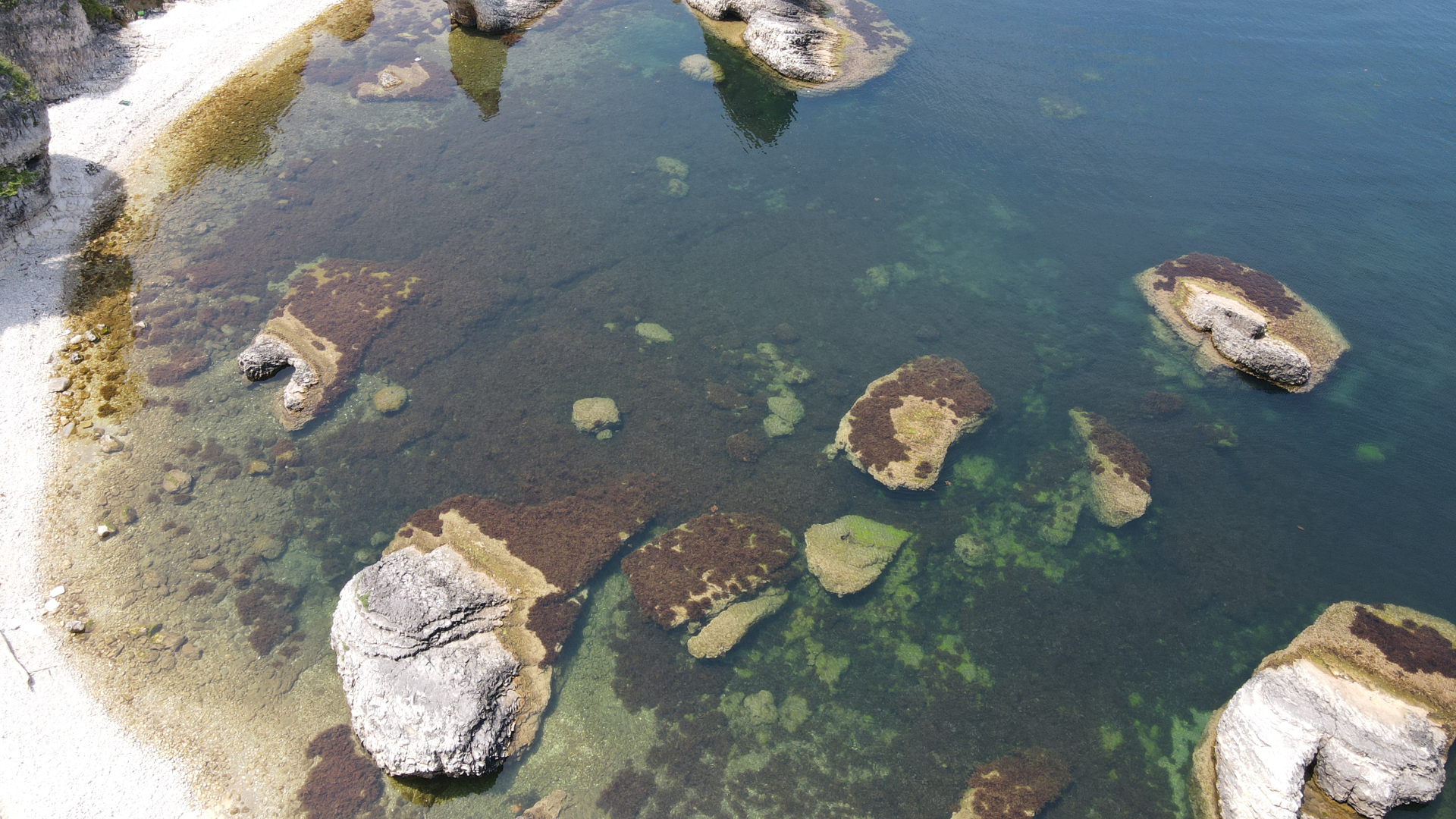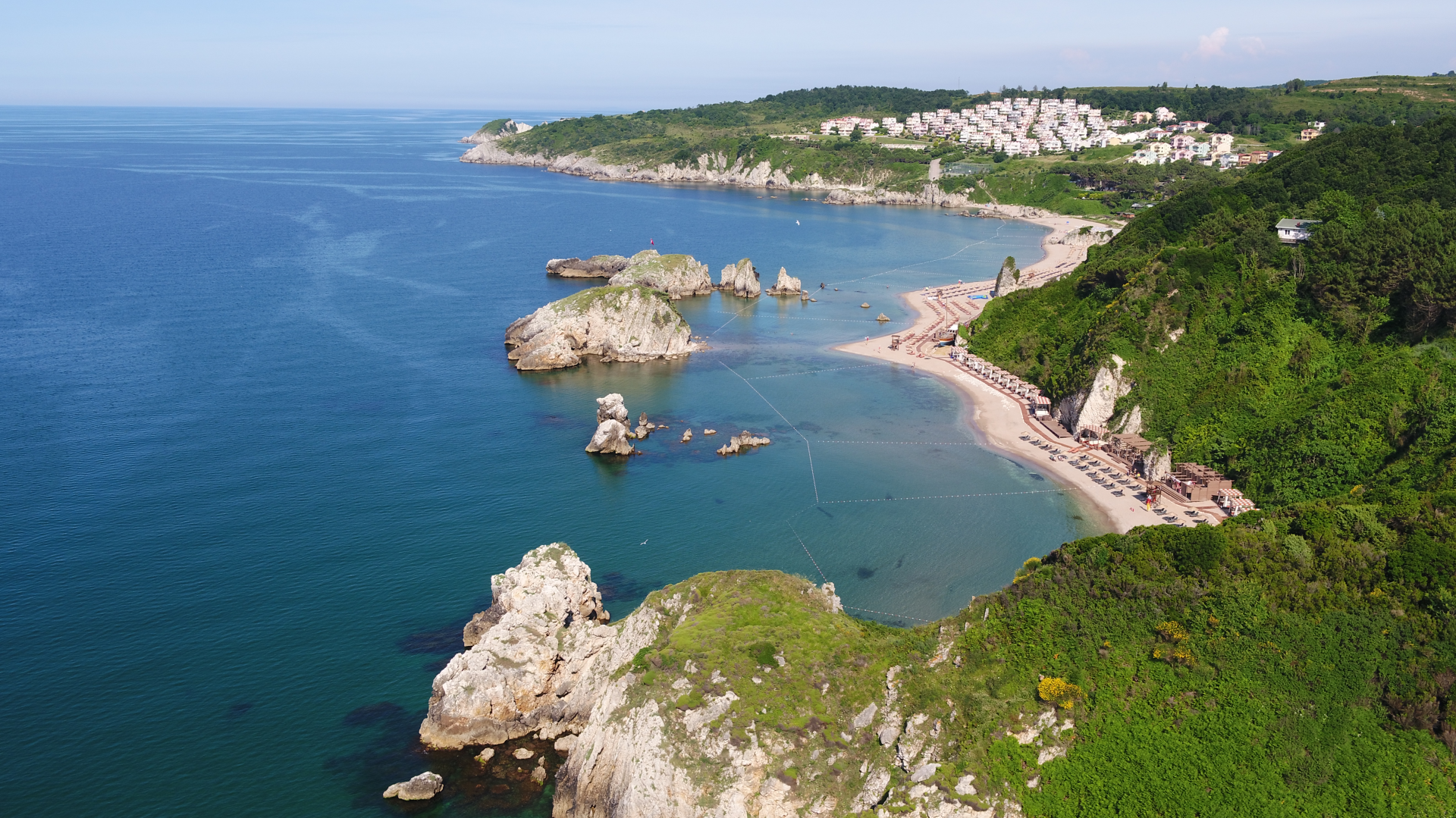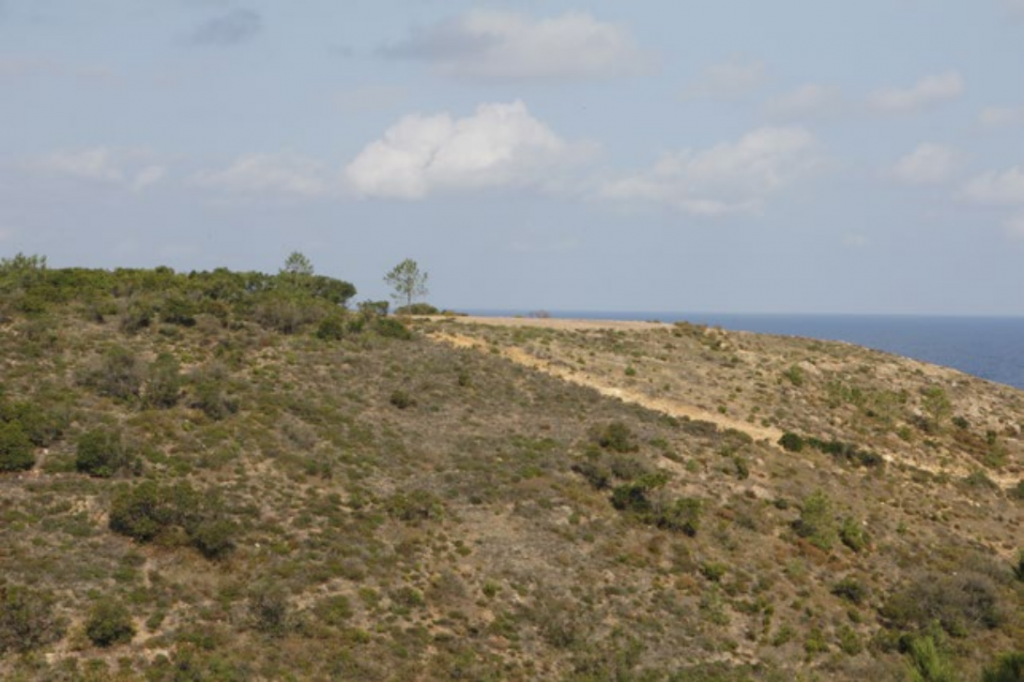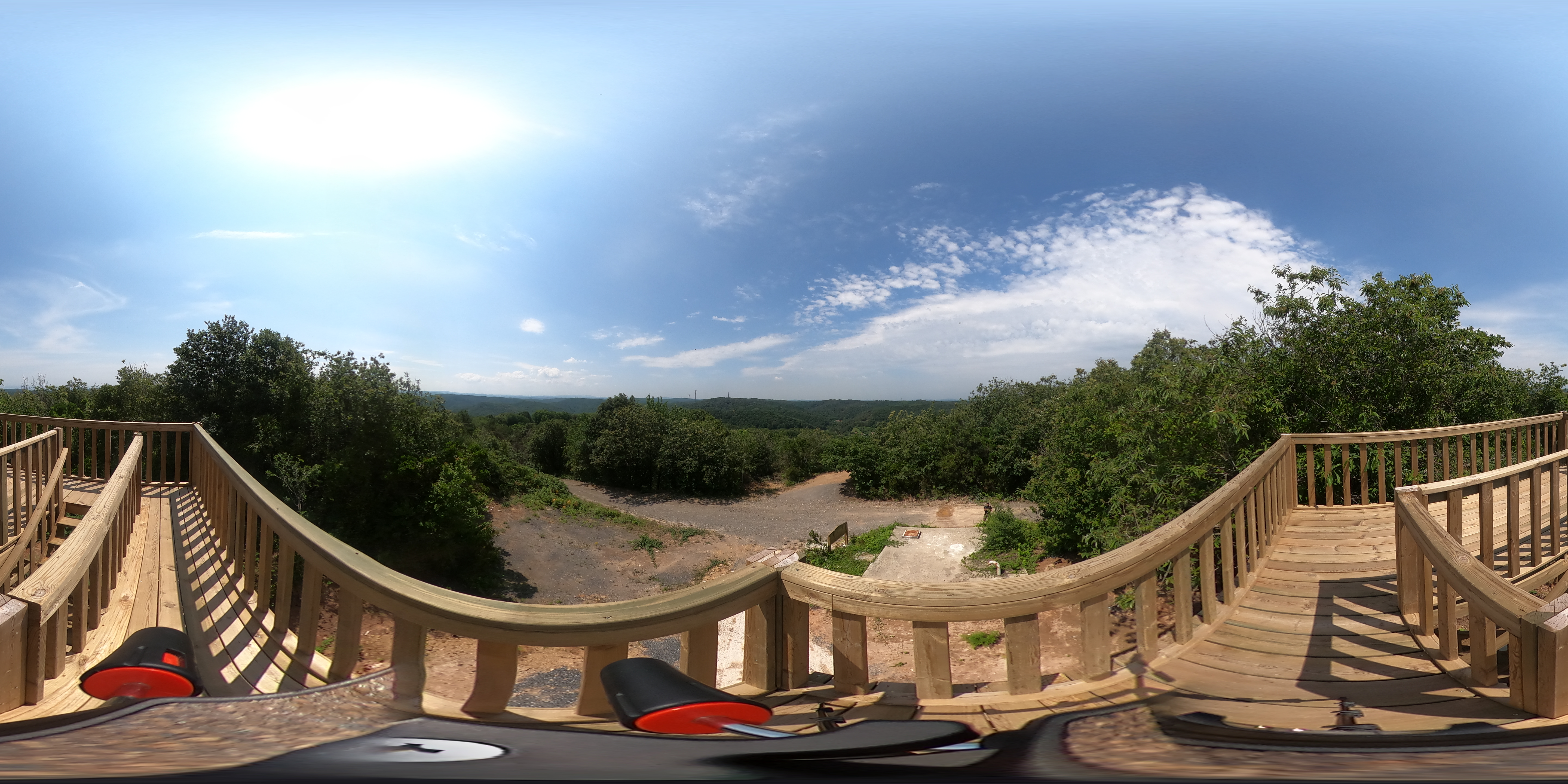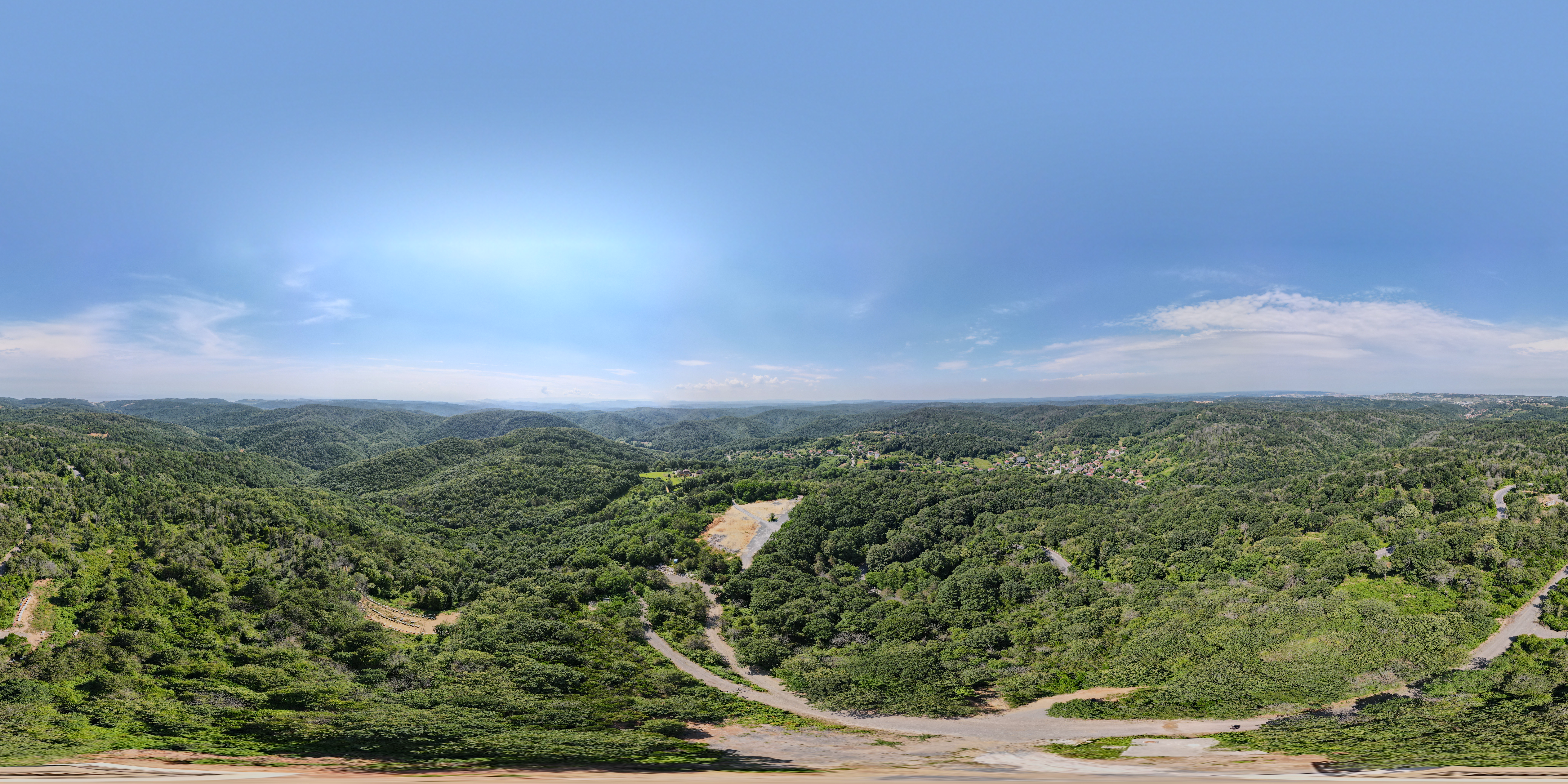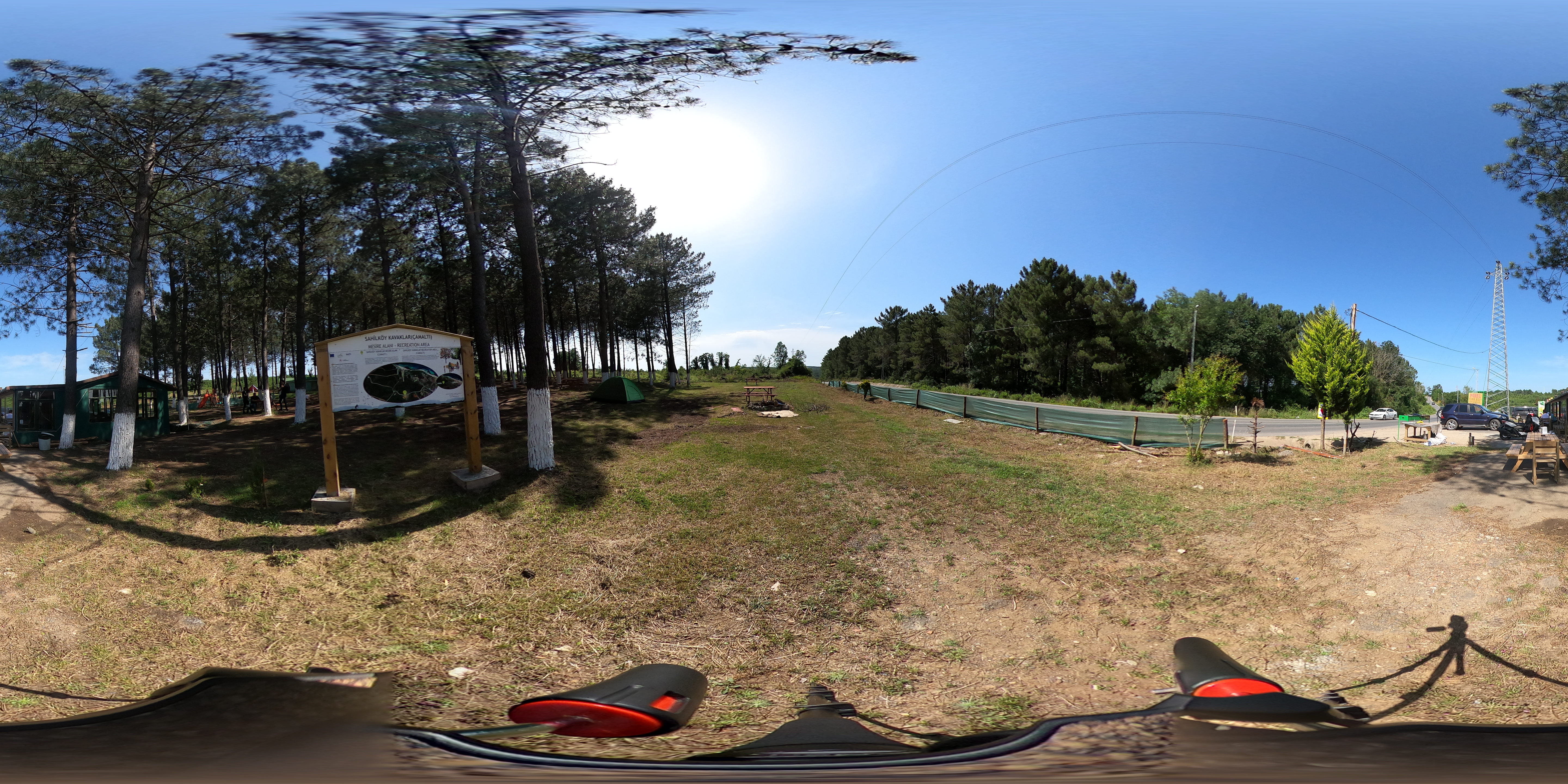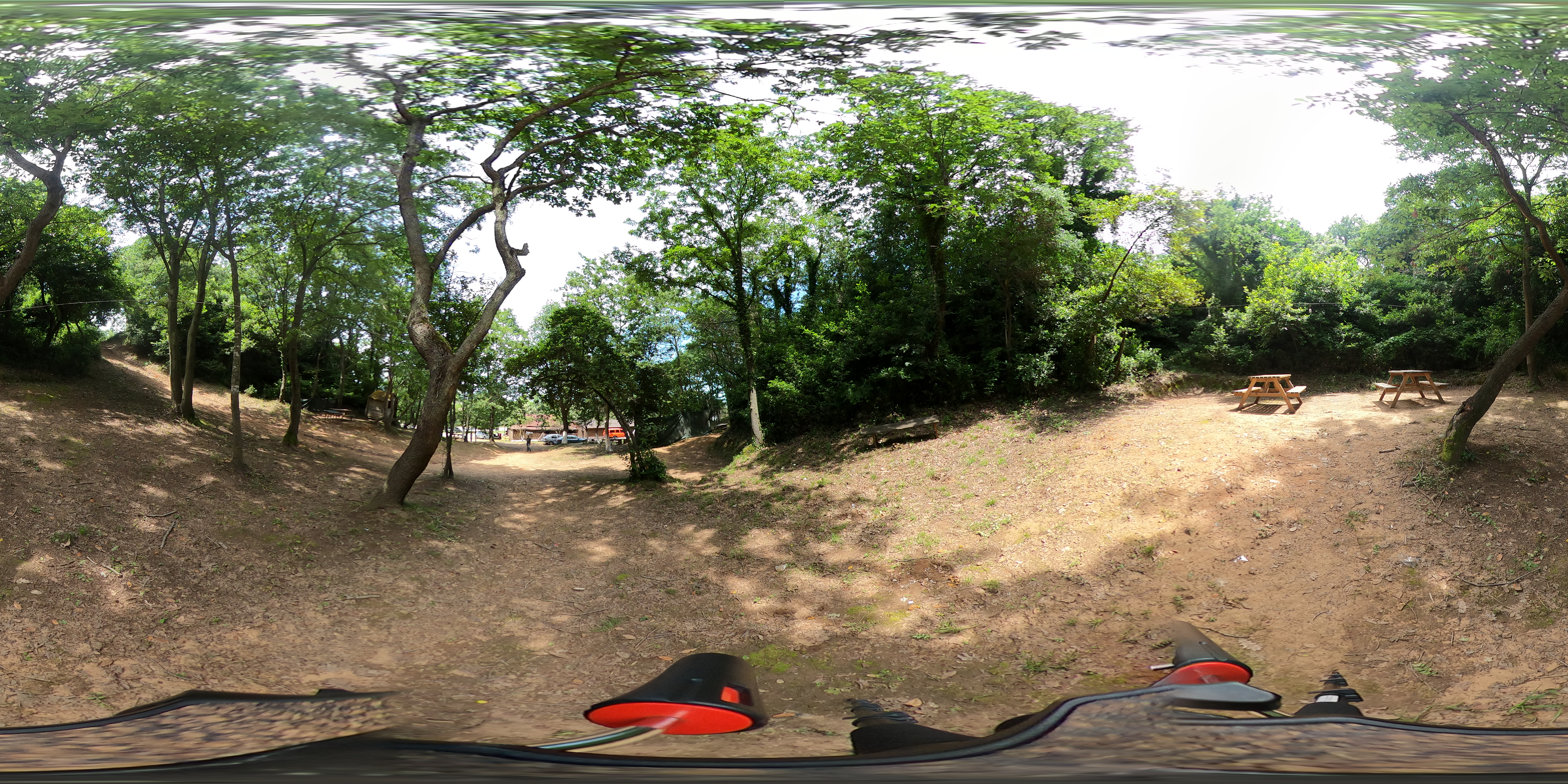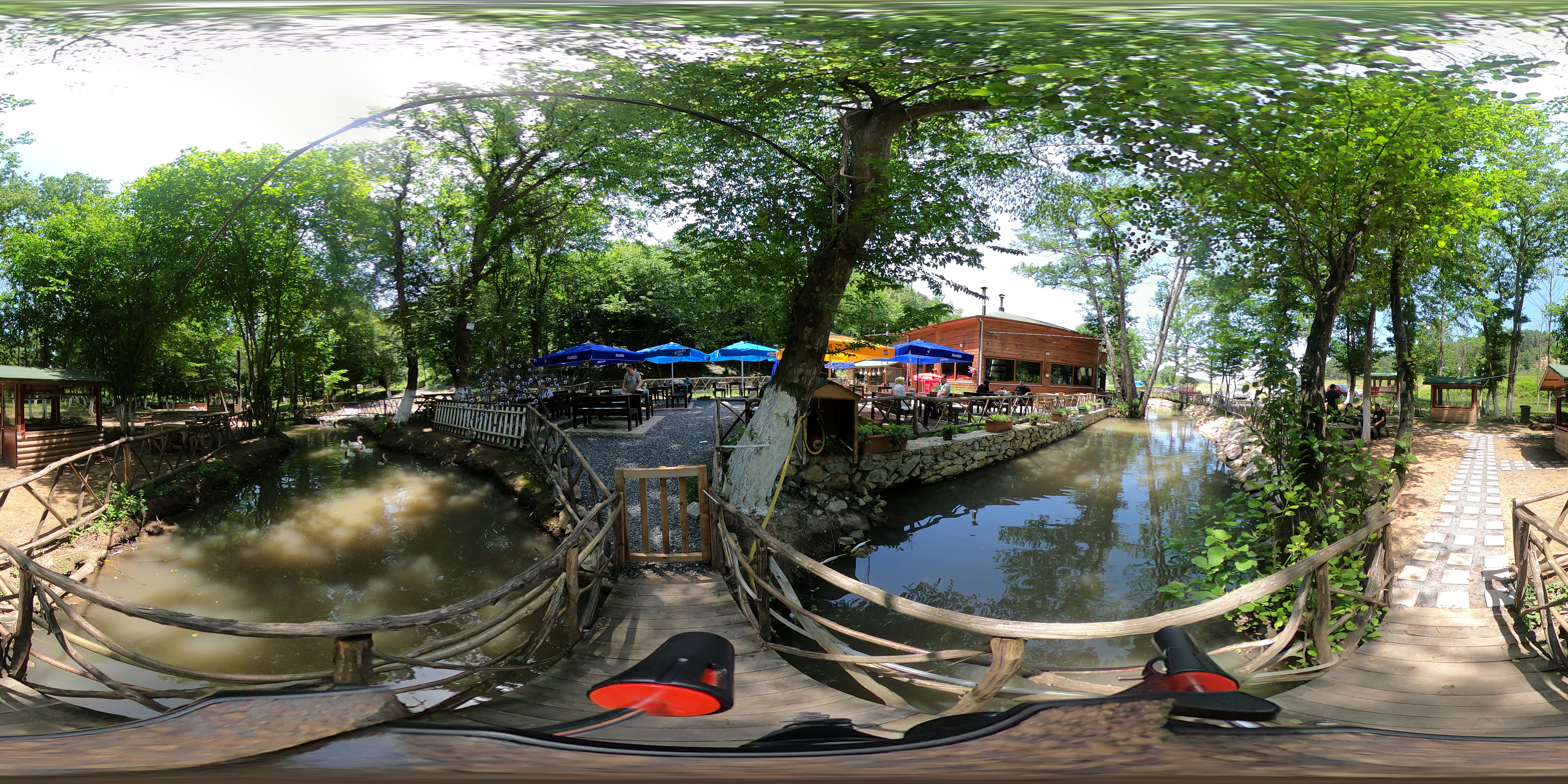
Hiking Trails
PREPARING FOR
HIKING
Hikers are people who travel in historical and natural environments and enjoy getting to know the places they visit. Nature lovers are not content with seeing the hiking area only once. Thanks to the seasonal changes, each visit offers us another discovery about the area. For example, on the Sarıkavak route, you take a walk in the summer when the stream is dry, while you see the water flowing loudly in autumn. Hiking can be done by any healthy person, it does not require any special skills. Making physical preparation before going out for hiking will increase your performance in the field and make your trip more enjoyable. You don’t need a heavy training program for this. Even simple exercises at home and exercises such as climbing stairs will increase your performance.


MATERIAL GUIDE
You should choose the most effective material, considering that you will constantly walk and carry your load on your back. You should take care not to take unnecessary items with you except for the materials required by the terrain and the weather. You should choose the materials you will take with you based on the seasonal conditions and sudden changes.

![]() CLOTHING
CLOTHING
The layers that cover the warmed upper part of the body should be easily taken off and had on. Material of inner layer should be synthetic and easy-to-dry because cotton is not worn in winter. The best is thermal underwear. Do not give up warm polar fleece for the middle layer. The weather may change, strong wind or rain may begin at any time at high altitudes and in the forest. Choose trousers among sturdy fabrics that dry easily and are not torn when rubbed against bushes. Do not forget to take a hat with you in all seasons.
![]() BACKPACK
BACKPACK
A bag of 35 litres in summer and 40 litres in winter is ideal for daily hiking.
![]() HIKING BOOTS
HIKING BOOTS
Summer boots should provide good ventilation, be light and soft. Corduroy fabric and suede leather are the most preferable ones. Resistant-to-water Gore-Tex boots with solid and geared soles should be preferred for winter walks. Vibram sole hiking boots prevent slipping in muddy terrain.
![]() COMPASS
COMPASS
Do not go out into nature without a compass. Prefer military type compasses with lenses. Learn to use GPS apps too.
![]() CANTEEN
CANTEEN
Canteen is always better than carrying water in a plastic bottle. Choose those with wide mouths.
![]() POCKET KNIFE
POCKET KNIFE
It will do many things, from opening a tin to clearing the pathway if necessary.
![]() FIRST AID KIT
FIRST AID KIT
It is possible to become infected and have problems from a slightest scratch. Therefore, have a small aid kit with you.
![]() BATON
BATON
It is essential to use hiking poles both for balance and carrying weight.
![]() TORCH
TORCH
Even if you are planning to walk daytime, do not forget to take a headlamp with you.
![]() WHISTLE
WHISTLE
You can lose the group, get into an accident and be stuck in somewhere. The shrill sound of the whistle is pretty superior than your voice.
What Should Be The Speed During Hiking?
You should determine your average speed to know how far you have covered the ground while hiking. If you are not carrying a heavy backpack, it is pretty normal to walk on flat terrain at a pace of five kilometres per hour. If you have a backpack with you, this speed slows down to three and a half kilometres per hour. While the average speed slows down to two and a half kilometres per hour in non-hard sandy terrain, two kilometres in dense forest is considered normal. Do not imagine that you can walk faster than one and a half kilometres per hour while climbing in the highlands! These are, of course, given according to general averages. Hiking speed varies from person to person and according to physical endurance.


1. Difficulty Level
Total hiking duration does not exceed 2 hours. Trails are wide and slope is low. They are suitable trails for straight hiking.

2. Difficulty Level
The hiking duration is not more than 3.5 hours and the distance of the inclined trail of the route is more than 300 metres.

3. Difficulty Level
This level is for bumpy routes with climbing trails up to 500 metres long on routes lasting 5 hours in total. There are narrow paths, stream crossings and forest sections on these routes.

4. Difficulty Level
This level has a steeper slope. The distance of inclined trail is around 700 metres. They are 6.5-hour walking routes on difficult paths, dense and rocky terrains.

5. Difficulty Level
It has a very steep slope and the climbing trail reaches up to 1000 metres. Hiking is made in difficult terrain conditions such as dense forests and rocks. It takes about 8 hours. It requires the support of a professional guide.

6. Difficulty Level
They are long hiking that take 8 hours or more, often complemented by accommodation. Going down and up the slopes can reach up to 1500 metres. This trail includes tough terrain conditions and paths with steep slopes.






